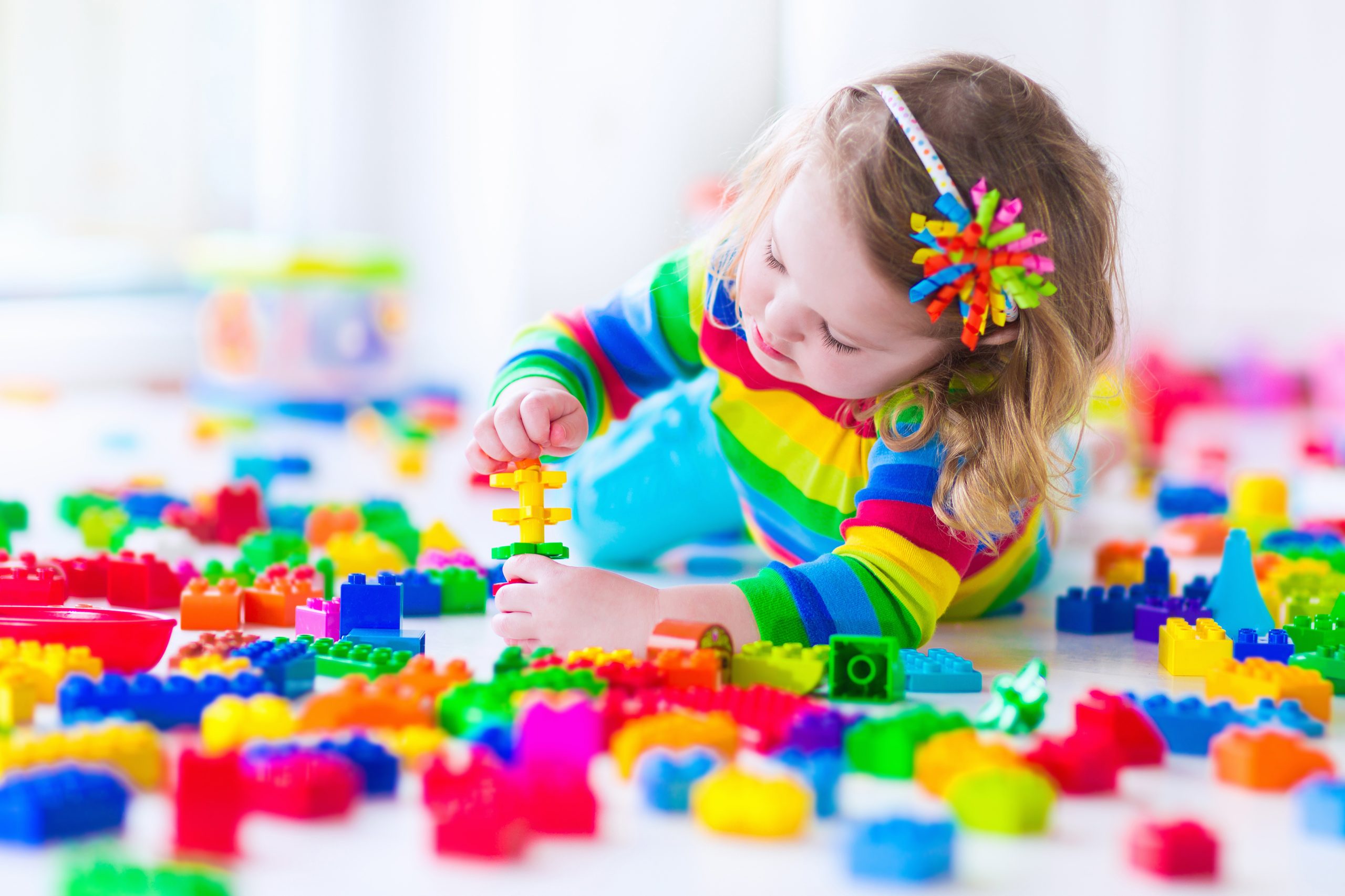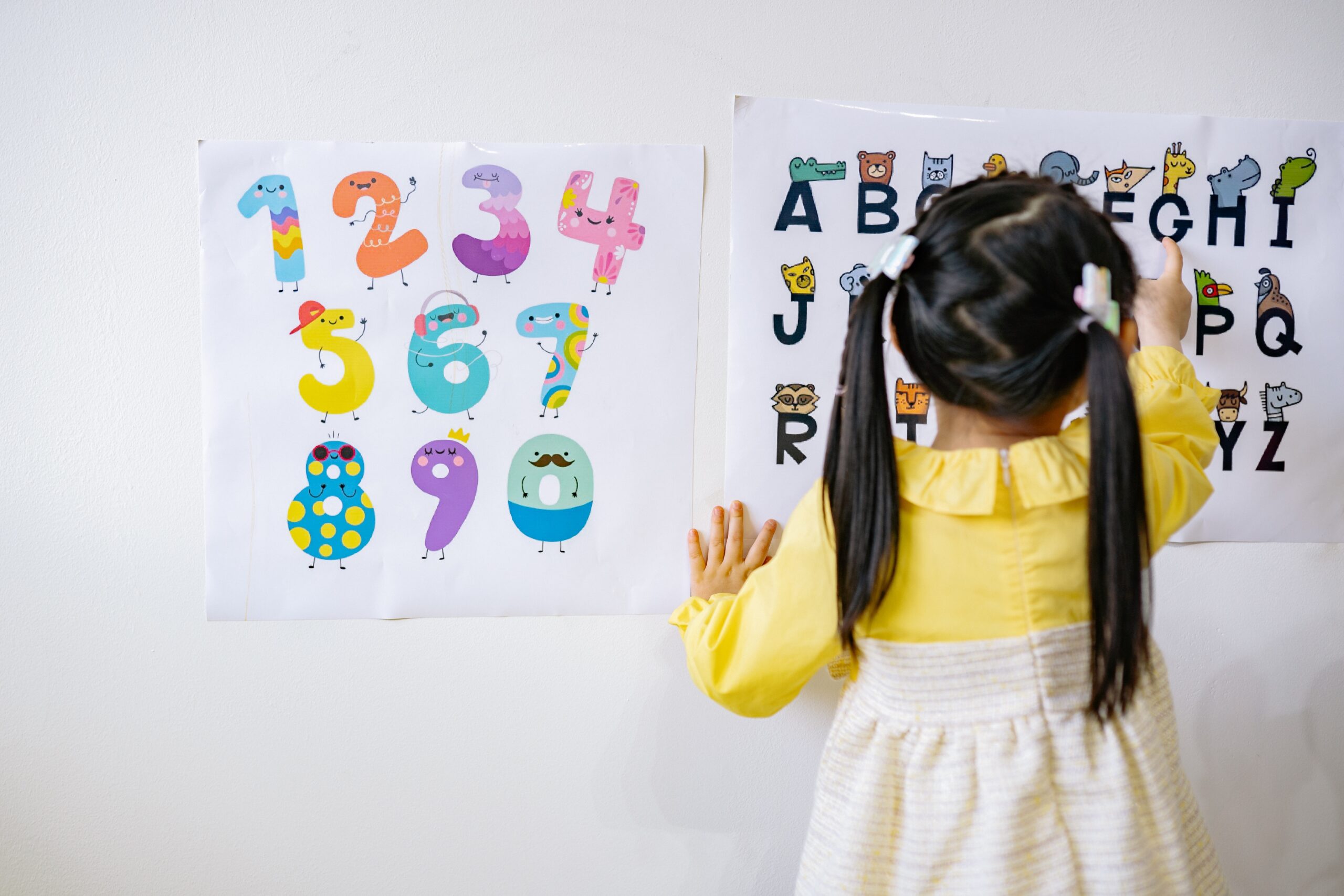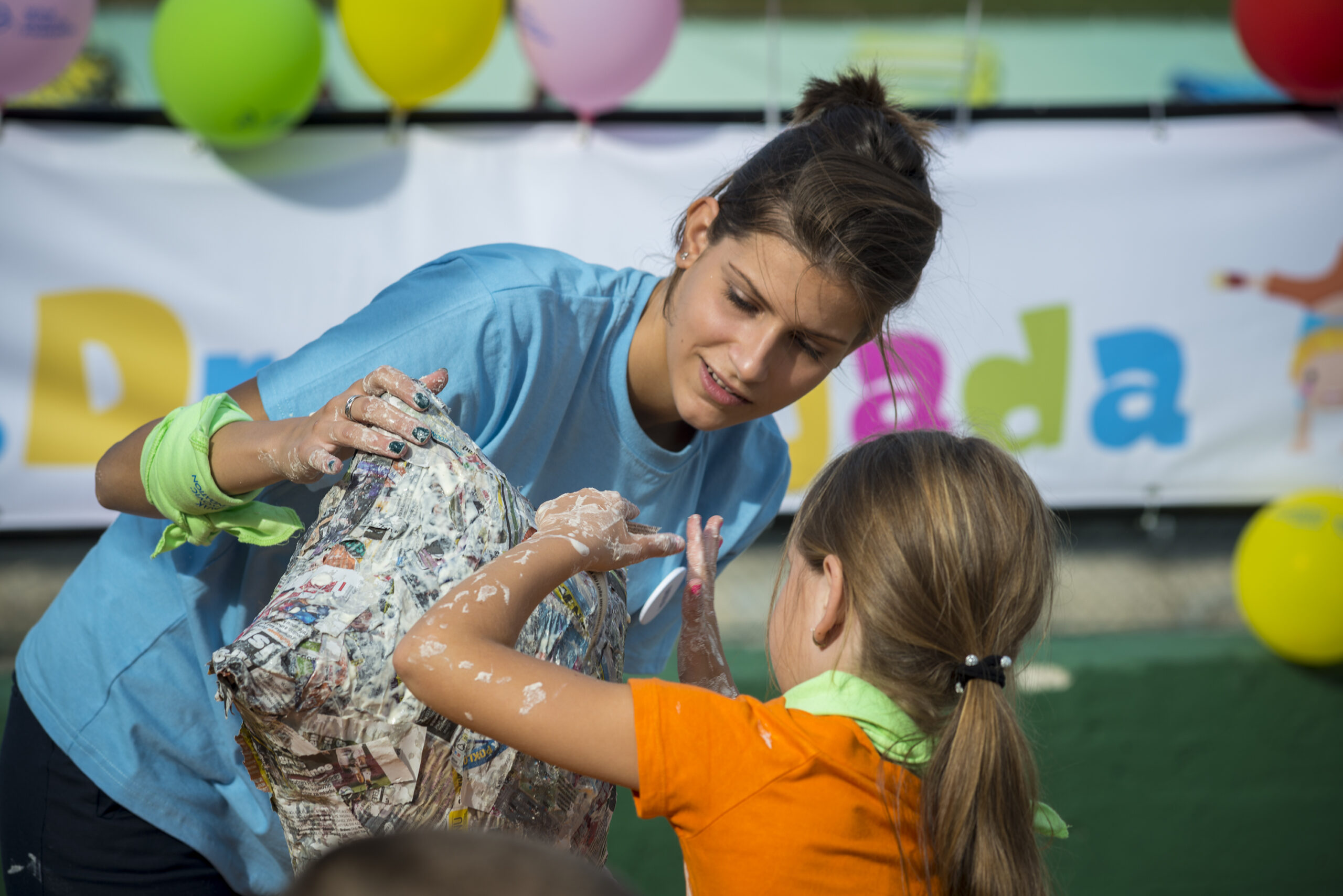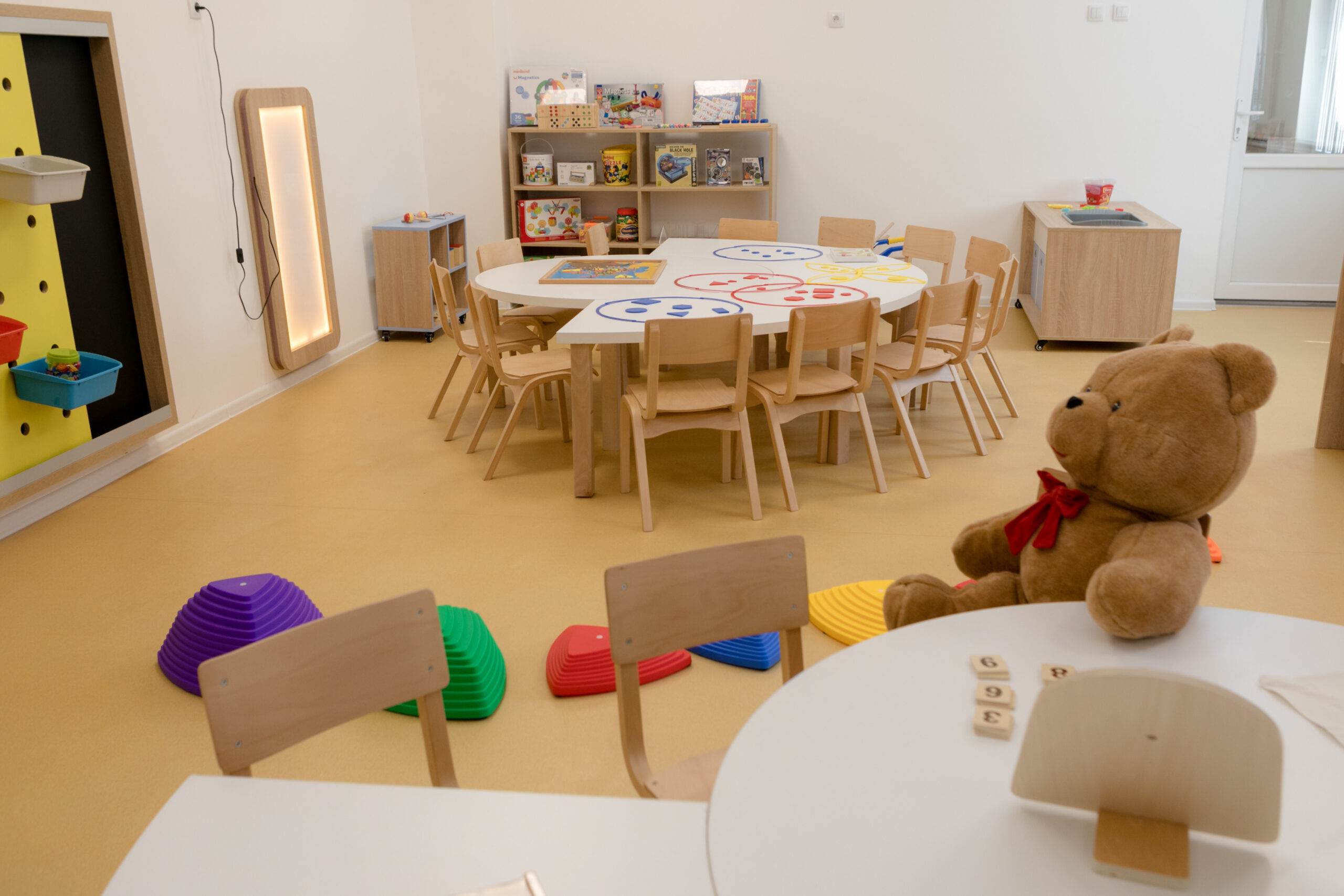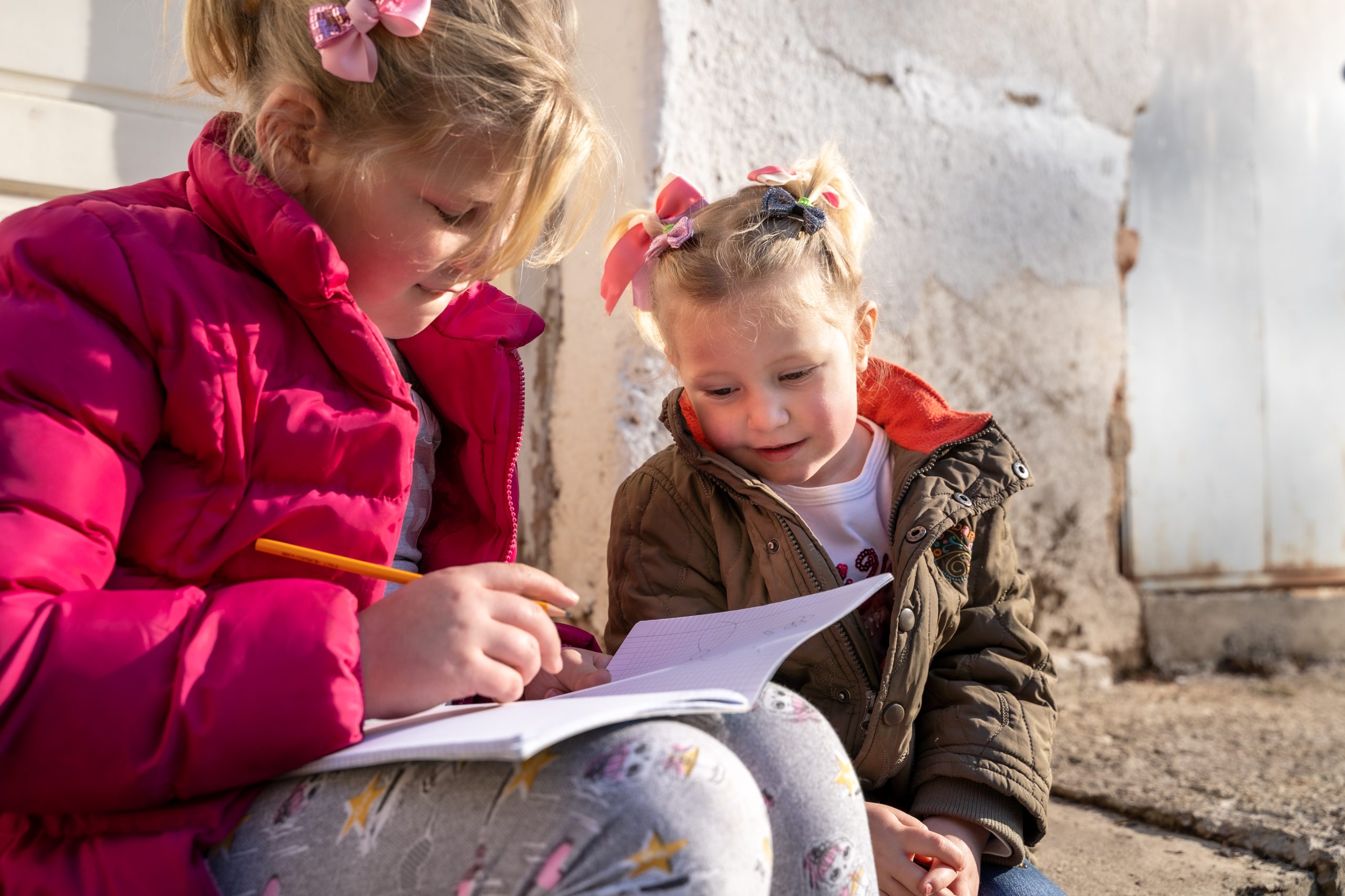Mathematics is arguably an integral aspect of academics and developing an analytical brain. How can mathematics be introduced and encouraged during a child’s earlier years, at preschool or kindergarten?
Fortunately, several aspects of mathematics can be found in everyday life, and can easily be incorporated into an education for preschoolers, without becoming too overwhelming or excessive. A prime example is shapes and the concept of space, that can eventually become very complex mathematical concepts, but at an introductory level, can be a fun and easy way for children to become introduced to mathematics.
Here are some easy ways to incorporate learning some basic mathematics in everyday life, according to naeyc.org:
- Recognizing and comparing different types of shapes: it’s important for children to become exposed to mathematics at an early age, and by teaching them to begin recognizing different types of shapes and concepts of space at earlier ages, they will transition into learning basic mathematics much easier.
- Identify Shapes – most children have already come in contact with shapes of various types, they just haven’t learned to properly identify them yet. Help them label certain basic shapes, such as triangles, rectangles, circles, and allow them to find and trace out these shapes themselves, so they can grow accustomed to them.
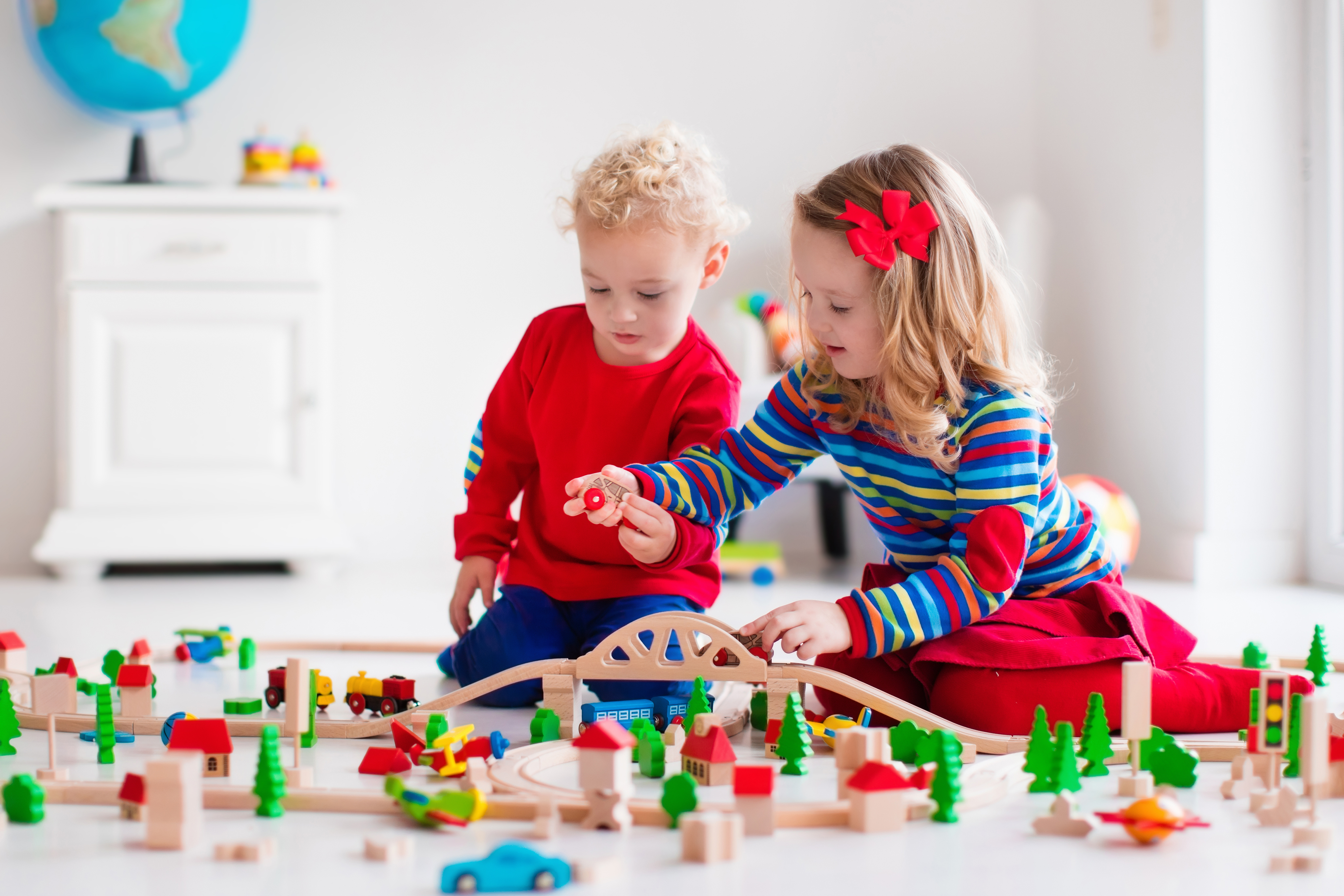
Copyright: FamVeld
- Differentiate between shapes using methods the children are already familiar with, such as colour. Teach them to outline or draw out all the equilateral triangles with red and the obtuse triangles with green, for example.
- Introduce new vocabulary – as the children are learning to identify and differentiate different shapes, encourage them to use the correct vocabulary to label their new learning. Not only will this new math vocabulary help them as they venture further into their education, but will also help them associate these new words with others, expanding their vocabulary as a whole. To help with this process, try and provide images or drawings that the children can associate with the words, to help them learn to associate the correct vocabulary with the images and objects they’re already familiar with. Make a math word wall or some other organisational system incorporating colours to make it easier for the kids to learn the words.

Copyright: Oksana Kuzmina
- Help them recognize the difference between 2-D and 3-D – although the concept of dimensions and space may be difficult to teach to kindergarteners, by teaching them and helping them recognize the differences between two dimensional and three dimensional objects, they can begin to comprehend and grasp the concept. Asking questions like “how is the piece of paper different from the book?”, can help the children realize the differences that lie in the dimensional space of objects. A fun activity can also be to make imprints of three-dimensional objects on paper, using paint. This would allow the children to realize that there is a 2-D and a 3-D version of the same object.
- Find examples in real life – the best possible way to teach new concepts is to draw inspiration from examples children encounter in everyday activities. Encourage the children to find shapes and identify them in different settings, whether it be at home, in the classroom, or outdoors, and congratulate and reward them once they successfully label a shape. As they progress, encourage the use of correct vocabulary, and further develop onto their current knowledge base to help them grow as learners. For example, take your child on a walk in the park, and as you pass by a pole, ask them what shape it is, and whether or not they think it’s 2-D or 3-D, and ask them to justify their answer. Applications in real life situations will also help children learn the relevance and importance of learning mathematics, and even help instil an appreciation for learning at an early age.

Copyright: Oksana Kuzmina
- Make learning fun! Introduce as many games and activities as possible involving shapes and dimensions to make learning new, and potentially daunting, concepts enjoyable for your child! It’s easy to incorporate shapes into already known games, such as the hokey pokey, only now teach the children to put in different shapes into the circle instead of their arms and legs, and while doing so, ask them to state the names of the different shapes (encouraging them to use and expand their vocabulary). Shape guessing games, playing with geobands, and shape puzzles, are only a few of the many other games you could play that incorporate learning.
- Let the kids create and design their own shapes! Shapes provide a prime opportunity to aid in the development of creativity and innovation, and in doing so, give the children a sense of autonomy and control over their education, in turn making them more appreciative and engaged in learning the subject matter. Making shapes, deconstructing them, and experimenting with drawing shapes versus creating them out of solid matter, can all help children better grasp the concepts of basic geometry and mathematics.
Although it may appear daunting to introduce mathematics to children at such a young age, concepts like shapes and space can be easily and seamlessly taught and incorporated into preschool learning, and can better provide children with a basis for their educational development later on.

